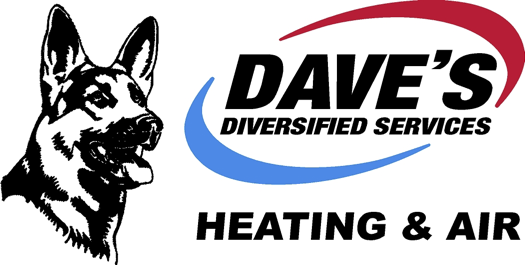
You shouldn’t be forced to give up comfort or spend a lot to keep your house at a pleasant temperature during the summer.
But what is the right setting, exactly? We go over advice from energy professionals so you can choose the best setting for your family.
Here’s what we suggest for the most energy-efficient setting for air conditioning in Front Royal.
Recommended Thermostat Settings for Summer
Most families find placing the thermostat at 72-73 degrees is ideal. However, if there’s a sizeable difference between your indoor and exterior warmth, your electrical bills will be higher.
These are our recommendations based on the U.S. Department of Energy (DOE) and ENERGY STAR®.
While at home: 78 degrees. While that sounds too high, there are methods you can keep your residence cool without having the AC on frequently.
Keeping windows and window treatments closed during the day keeps cool air where it should be—indoors. Some window treatments, like honeycomb shades or plantation shutters, are made to deliver more insulation and enhanced energy savings.
If you have ceiling fans in your house, the DOE says you can move thermostat temps about 4 degrees hotter without compromising comfort. That’s since they freshen by a windchill effect. Since they cool people, not areas, shut them off when you exit a room.
If 78 degrees still feels too hot at first glance, try doing a trial for approximately a week. Begin by upping your thermostat to 78 degrees while you’re at your residence. Then, progressively lower it while following the tips above. You might be astonished at how cool you feel at a warmer temperature setting.
While away: 88 degrees. There’s no reason to keep the air conditioning on all day while your house is vacant. Moving the setting 7–10 degrees warmer can save you an estimated 5–15% on your electricity bills, according to the DOE.
When you come home, don’t be tempted to set your thermostat colder than 78 to cool your home faster. This isn’t effective and usually leads to a bigger electrical cost.
A programmable thermostat is a good method to keep your temp in check, but it requires setting programs. If you don’t utilize programs, you run the risk of forgetting to change the set temperature when you go.
If you need a handy resolution, consider installing a smart thermostat. This thermostat works with with your phone, so it knows when you’re at your residence and when you’re away. Then it automatically adjusts temperature settings for the best savings. How much exactly? Usually $180 each year on heating and cooling, according to ENERGY STAR.
Another perk of using a smart thermostat? You can use your phone to keep an eye on and change temperature settings from just about anywhere.
While sleeping: Around 70 degrees. While ENERGY STAR suggests 82 degrees, that may be unpleasant for most families. Many people sleep better when their sleeping space is chilly, so that’s why the National Sleep Foundation advises 60–67 degrees. But that could be too cold, based on your clothing and blanket preference.
We suggest using a comparable test over a week, moving your temp higher and gradually lowering it to choose the best temp for your residence. On cool nights, you may discover keeping windows open at night and relying on a ceiling fan is a better solution than using the AC.
More Ways to Conserve Energy During Warm Weather
There are additional approaches you can save money on energy bills throughout hot weather.
- Buy an energy-efficient cooling system. Central air conditioners only last about 12–15 years and lose efficiency as they become older. An updated air conditioner can keep your home more comfortable while keeping electrical bills small.
- Schedule yearly air conditioner tune-ups. Routine air conditioner maintenance keeps your equipment operating properly and may help it run at greater efficiency. It could also help lengthen its life cycle, since it enables pros to uncover small troubles before they create a major meltdown.
- Replace air filters often. Follow manufacturer instructions for changing your air filter. A dirty filter can cause your system to short cycle, or run too much, and increase your energy.
- Measure attic insulation levels. Almost 90% of houses in the United States don’t have enough insulation, according to the Insulation Institute. Many southern climates require 13–14” of attic insulation, while northern climates need 16–18”.
- Have your ductwork checked. Ductwork that has separated over time can let cool air into your attic, walls or crawl space. This can create major comfort troubles in your residence, including hot and cold spots.
- Seal cracks, doors and windows. Keep muggy air in its place by sealing cracks. You can also caulk or weather strip doors to trap more conditioned air inside.
Save More Energy During Warm Weather with Dave's Diversified Services
If you are looking to conserve more energy during warm weather, our Dave's Diversified Services experts can assist you. Get in touch with us at 540-636-3396 or contact us online for more information about our energy-saving cooling products.
